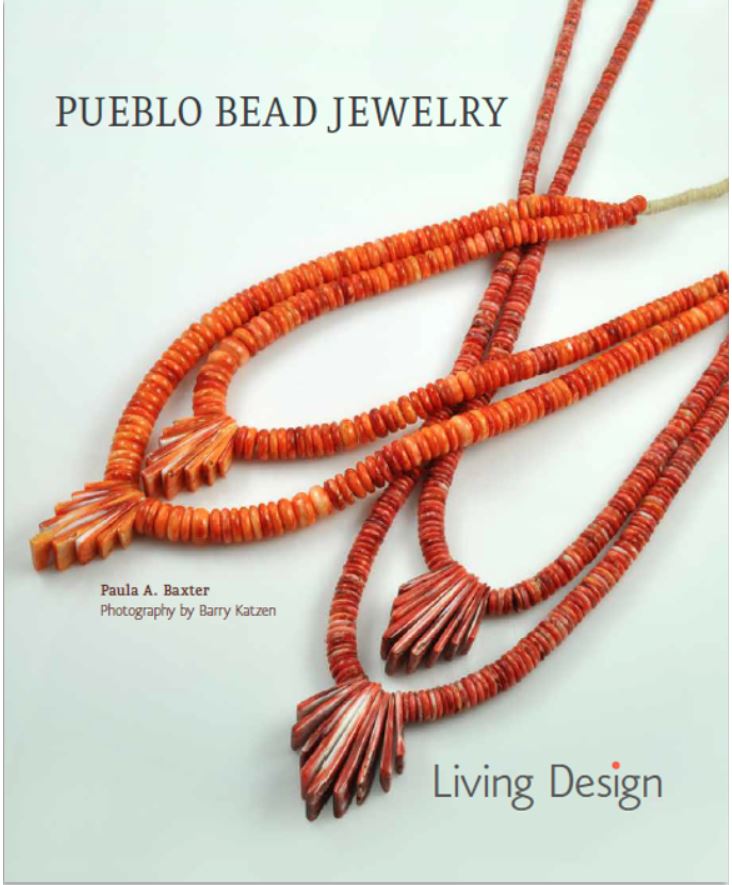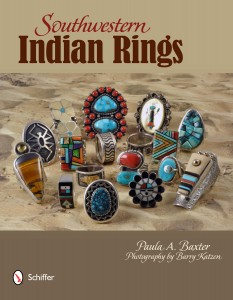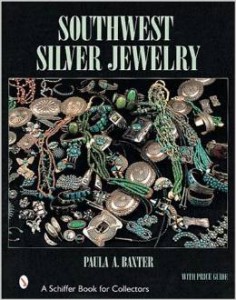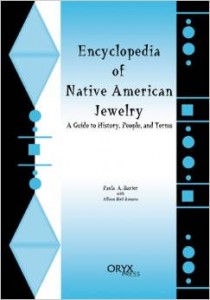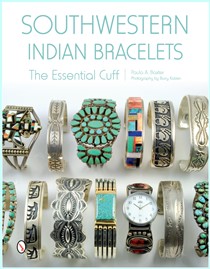When asked about the biggest issues of Indian arts at present, my opinion has changed very little from the start of last year. I see several factors of concern. One, the use of materials in arts for sale can be problematic. At the SWAIA Indian Market in August 2015, we saw a lot of pieces that were not of good quality and we heard numerous complaints from Native artists who would mutter about things they saw at another artist’s booth. If one uses substitute materials for genuine minerals and gemstones, be open about it. Plastic block should not be allowed to masquerade as real turquoise or opal.
Fact: Every time this fraud is perpetuated, the integrity of the Indian arts market is dragged down.
As our new year starts, I feel compelled to write a welcoming message for us all. I’m not sure how you feel, but there were a lot of dark things about the past year. These things were common to both Indian Country and the rest of the United States. The economy still hasn’t rebounded on Main Street, America, while prices for just about everything have gone up. And we have witnessed domestic terrorism in shocking incidents that we may have felt belonged overseas, not here.
But like the peoples of Indian Country, we endure. Visits last year to the Southwest allowed us to see young people who bear the hope of our future. Native talent still flows, from squash blossoms to skateboards. It’s interesting to consider, too, that the extremely beautiful and often dramatic landscape of the Southwest carries its own perils as always: if you don’t know how to survive in the wilderness, play it safe. The strong, unusual weather of 2015 battered Indian Country, especially the Four Corners.
Fact: Life goes on but self-awareness remains vital. In the trite words of local law enforcement everywhere: “If you see something, say something.” We are all in this world together.
What New Year’s wish could we make for the Southwestern Indian jewelry industry? Perhaps the most pertinent wish would be an overall improvement in the U.S. economy. The kind of recovery that would resonate with Main Street rather than Wall Street. Making a living as an artist, regardless of region or ethnicity, always has its perils. But recent studies sound a note of alarm over the future. Young collectors haven’t materialized as yet. Reputable dealers report tourist sales but less repeat orders as those tourists move on to the next destination. The black market still haunts legitimate jewelers and dealers who face suspicious customers—“Are these materials real? This price is rather high for something I’d wear as costume jewelry.” When enthusiasts view a market where they see the same designs repeated over every year interest will invariably wane.
On the other hand, a trend we’ve noticed and appreciated is how Native artists are calling their creations “fine art,” rather than the non-Native scholarly label of “decorative arts.” Like the term Native Style, this new definition is one that should be respected and implemented.
Fact: Most adornment for sale on the Indian arts marketplace is much more than craft work; these pieces are wearable art.
Happy 2016! May we all walk in beauty.
Burnishing is an important polishing process that uses a smooth hard wood or metal tool for rubbing. The technique was developed to shine small areas on a jewelry piece that need highlighting, as in appliqué or overlay work.
Fact: Jewelers use a burnishing stick which is operated like a lever to increase pressure downward onto the metal surface.
One of the most important finishing techniques in Native metalworking is Buffing. Smiths use lightly abrasive polishing compounds applied to the metal. This increases the shine of a finished piece. Early smiths used a buff stick.
Fact: Jewelers today rely mainly on electrically powered buffing tools.
Buckles have become more decorative since the last quarter of the twentieth century; fine art approaches made buckles a “palette” for design. While buckles have been fashioned for men and women, Southwestern Style buckles remain unabashedly masculine.
Fact: Buckle designs have won many prizes at Indian arts shows, especially during the 1970s and 1980s.
The earliest Southwestern Native Buckles were developed for concha belts and other belt forms. Early silver buckles were often basic circlets or horseshoes with a cross-bar to hold the tongue in place. The buckle size began to increase around the 1880s, and creators showed interest in casting the buckle in a rectangular or lozenge shape.
Fact: By the early 1900s, many buckles took on a more curvilinear aspect or butterfly-type shape.
Native smiths have always liked working with Brass because of its pleasing color for ornamentation. In recent years, some Native jewelers have deliberately created brass revival-style bracelets, pins, and pectorals. The metal is also still used to teach beginning jewelry-makers.
Fact: Jewelers have used brass because it’s malleable and resists corrosion.
Time to return to our original survey of Indian jewelry elements. Brass was used by early Native smiths because it was initially more available than silver. Examples of adornment date back to the earliest Native metalworking phase; Hopi smiths used brass cartridge cases or discarded scraps to make tolls and decorations. The metal’s softness, however, doesn’t hold stamping well.
Fact: Brass is one of the basic metals, an alloy of copper and zinc.
Well, the truth of the matter is that SWAIA Indian Market and the Santa Fe Indian arts rallies of mid- to late August are not about to end any time soon. Indian Market has gone through a number of turnovers, tumults, and trials throughout its history. But what makes the issue such a matter for concern is that this market acts as a breeding ground for new collectors and enthusiast who will purchase and support Native arts. With questions being raised in recent studies of the Southwestern Indian marketplace about the future of Native arts collecting, one has to be alarmed. Native artists still receive a large amount of yearly income from Market. The good, solid artists know how to weather the economic cycles by making products that draw loyal customers.
Fact: Three years after last noting this trend, I see that younger artists are still attempting to ask high prices like the veterans; this can only become a turnoff, unless the artist in question is truly unique in his or her creative vision.
